Exploring the Wonders of Crete: A descriptive adventure through olive groves, the Roza Gorge, the Lassithi Plateau and Kasteli
This is a group tour.
Other travellers with a common interest will join this tour and travel together on a schedule.
Through Booking you can choose if you want to drive a private jeep until 4 passengers.
Crete offers unique experiences for lovers of adventure and natural beauty. A jeep safari that combines a visit to an olive mill, exploration of the Roza Gorge, a tour of the Lassithi Plateau, a visit to Ancient Lyktos or Lyttos, lunch at Kastelli Pediados and the Byzantine church of Agios Panteleimonas in Bitzariano is an excellent choice to discover the authentic Crete. The route includes off-road routes that cross mountains and gorges, offering stunning views.
Highlights
- Drive to the Crete-famous off road routes
- Enjoy the amazing view
- Roza Gorge
- Lassithi Plateau
- Ancient Lyktos or Lyttos
- Travel through traditional villages
- Lunch in Kasteli
- Byzantine church of Agios Panteleimonas
Suggested Itinerary
Next, head to Roza Gorge, one of the most picturesque gorges in Crete. The route includes dirt roads that cross mountains and gorges, offering stunning views.
Roza Gorge is a mesmerizing landscape that captivates visitors with its dramatic geological features and diverse ecosystems. Carved over thousands of years, the gorge features towering cliffs rising majestically, composed of limestone and volcanic rock, creating a natural amphitheater that echoes with the whispers of time. As one enters deeper into the gorge, the unique flora becomes apparent. Wild herbs and vibrant wildflowers are scattered in the rocky crevices, while century-old olive trees cling to the slopes, their trunks telling tales of resilience against the harsh elements. The local fauna is equally fascinating, with endemic species such as the Cretan wild goat, known as the Kri, roaming the rugged terrain. Each season brings a transformation to the gorge. In spring, the landscape is colored with blooming flowers, while autumn dresses the area in warm shades of gold and crimson, inviting a contemplative silence that envelops visitors. The interplay of light and shadow as the sun crosses the sky adds to the ethereal quality of Raza Canyon, making each visit a unique experience.
At the location of Seli Ambelos, right at the northern entrance of the Lassithi Plateau, the largest mill site in Crete welcomes us to the plateau. Here, 24 of the 27 original windmills have survived, all of which belonged to the Axetroharis or Monopantos type. The Axetroharis type has a rectangular base with a semicircular wall, on which the mill is installed. The mill always faces the same direction, which here is northwest.
This mill site was moved to Ambelos at the end of the 19th century from its previous location in Zaroma, near Potami and was then the largest mill site in Greece. The complex of flour mills was designated in 1986 as a work of art and today most of them are privately owned and some are preserved in very good condition.
Ancient Lyktos or Littos is located near the settlement of Xidas. The city was one of the strongest of ancient Crete, an eternal enemy of Knossos and owned the port of Hersonissos. It is reported by all the major ancient historians. According to the references, it was the oldest city of Crete, very well organized and built, and was the point where the parents of Rhea advised her to go and give birth to Zeus.
Lyktos was a colony of the Lacedaemonians and here Karnian Apollo was worshiped. The city took part in the Trojan War, where the head of Lyktaeans, Kiranos, sacrificed himself to save Idomeneus from the spear of Hector.
Lyktos dominated throughout Eastern Crete and was in constant war with its eternal foe, Knossos. In 343 BC Knossos occupied Lyktos, but the Spartans and helped the Lyktaeans to regain their city. However, in 220BC and while Lyktos was in war against Ierapytna, Knossos invaded the unguarded Lyktos, destroyed it completely and captivated the women. When the Lyktaeans return hadn’t the courage to even enter the city and found refuge in Lappa (today’s Argiroupolis). This was also the starting point for almost all Cretan towns to group against Knossos and ask the help of Philip. Thus, we reached the famous First Cretan War.
Lunch includes 2 skewers of souvlaki (pork or chicken) with french fries and Greek salad for 4 people and is included in the booking price.
Drinks and water are not included.
The Byzantine church of Saint Panteleimon in Bitzariano (or Pigi) is considered to be one of the oldest Christian temples in Crete. It is built in a beautiful natural environment and is located about 3 km near the small town Kastelli in the province of Pediada. It belongs to the architectural type of the three-aisled vaulted basilica, with its three aisles dedicated to Saint Panteleimon, Life-Giving Spring (Zoodochos Pigi), and Saint John (Agios Ioannis).
The initial phase of this important mid-Byzantine building dates back to the second half of the 11th century. From the initial phase of the building, parts of the south wall and the east wall are preserved with three semicircular arches with the central one being the largest. The south wall has four arches, two of which are on the east side of the original temple and the other two are dated in a reconstruction phase that took place in the 12th century. The remaining walls and the roof date back to the 13th century. Much of the upper part of the west wall had collapsed as early as the late 19th century.
It is speculated that in ancient times the site was used as an Asclepieion or a Holy Spring. The pillars and the lower part of the masonry come from marble elements of an earlier Roman or Byzantine building, as well as crosses and inscriptions from Byzantine reliefs from ancient Lyttos. Inside, there are two rows of arches that separate the aisles. These dividing arches rest on columns without capitals except for one of the columns that have the peculiarity of being made exclusively of four Corinthian capitals, placed one on top of the other.
The church was decorated with murals, many of which survive to this day in three layers. In the second half of the 11th century, the icon of Saint Nicholas in the eastern part of the south wall and the frontal depictions of Christ and Saint Panteleimon on the front of the eastern pillars are dated. The end of the 12th century includes the depiction of Saints Arsenios and Efthymios belonging to the reconstructed western part of the south wall and Saint John the Baptist (Agios Ioannis Prodromos) in the niche of the sanctuary of the southern aisle. In the third layer of frescoes (13th century) belong the representations of the Holy Communion (Melismos) in the central arch, the Communion of the Apostles higher, and the enthroned Virgin Mary among archangels. The south wall depicts in turn the full-size figures of Saint Anne breastfeeding the Virgin Mary, Saint George, Saint Theodore, an Archangel, a military saint, and again Saint George. Finally, two guardian Archangels are depicted on either side of the main entrance.



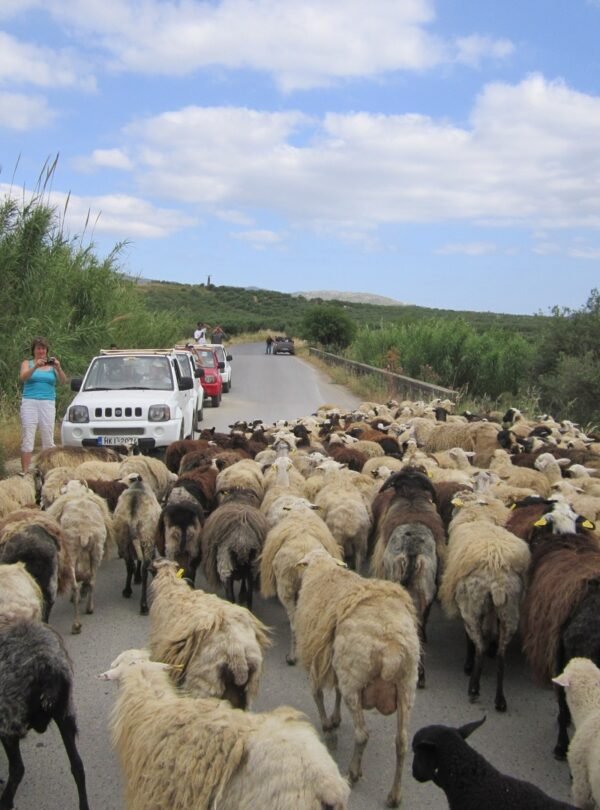
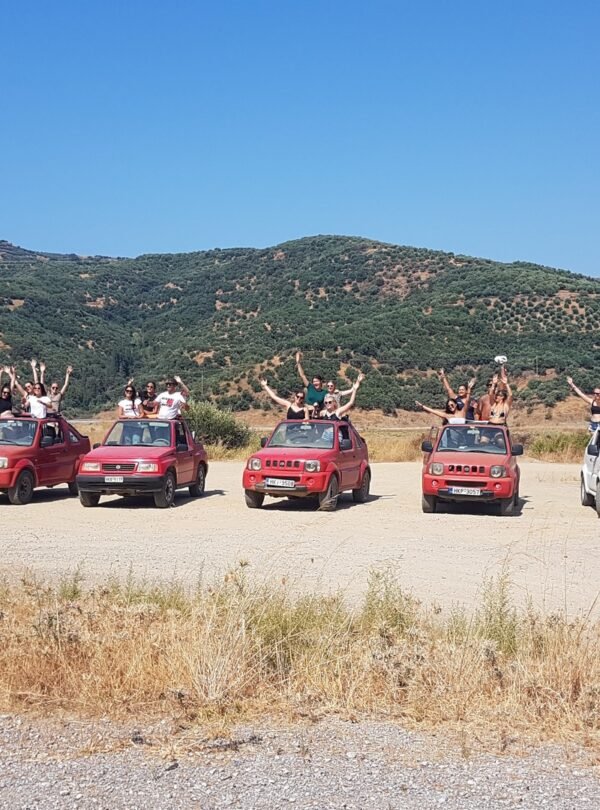

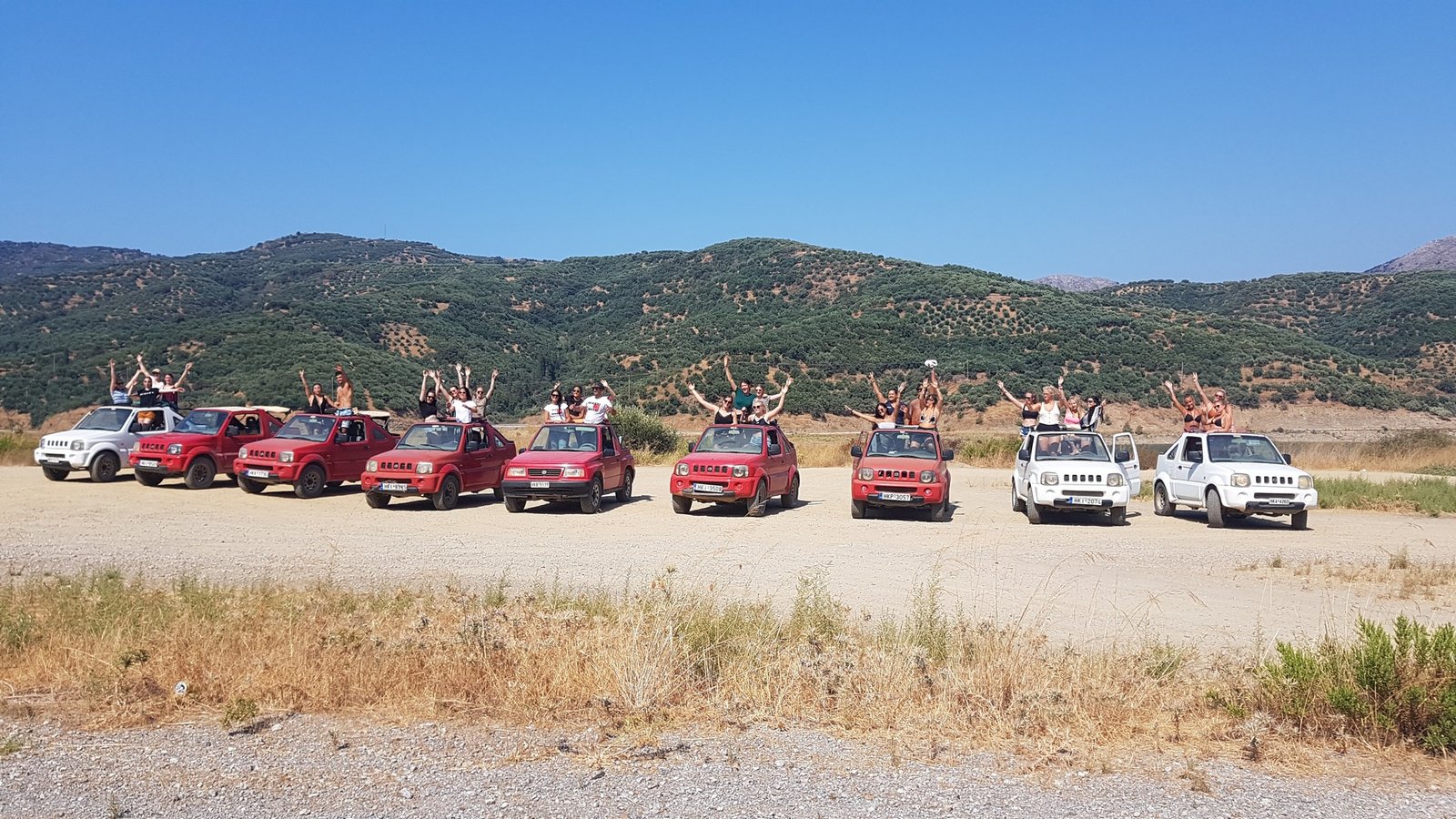

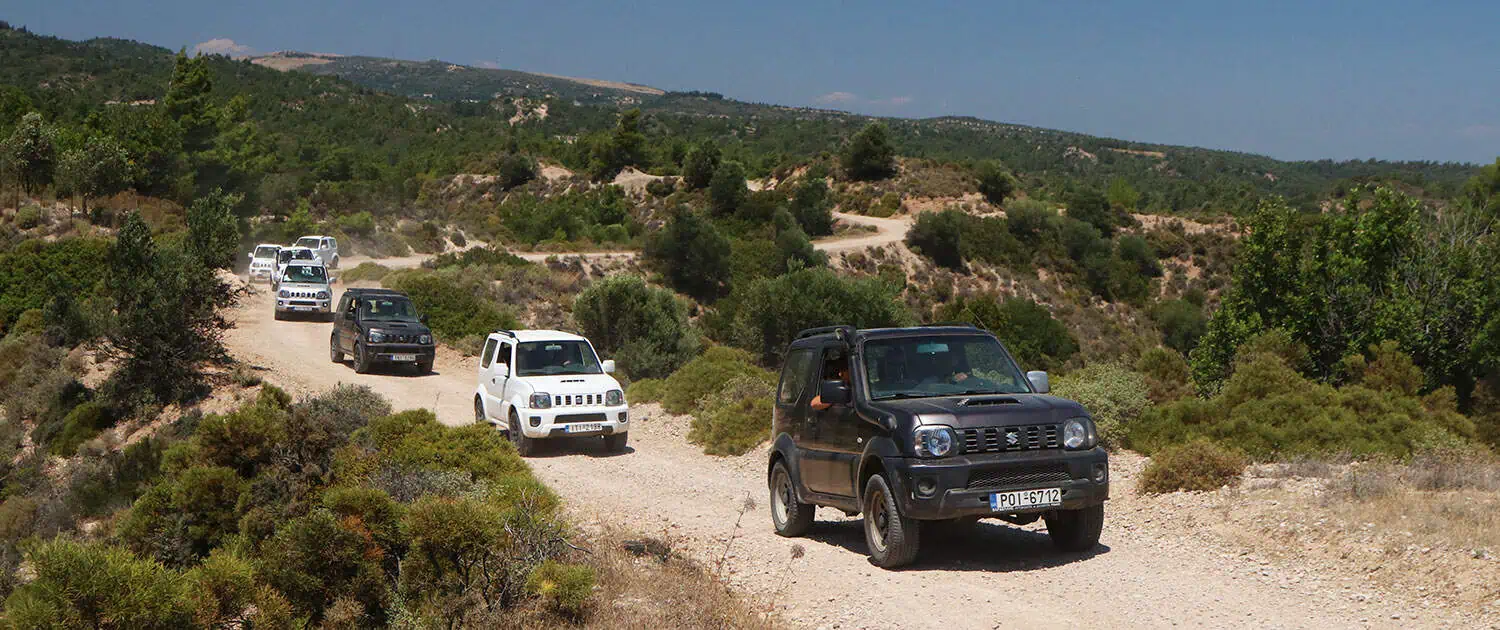
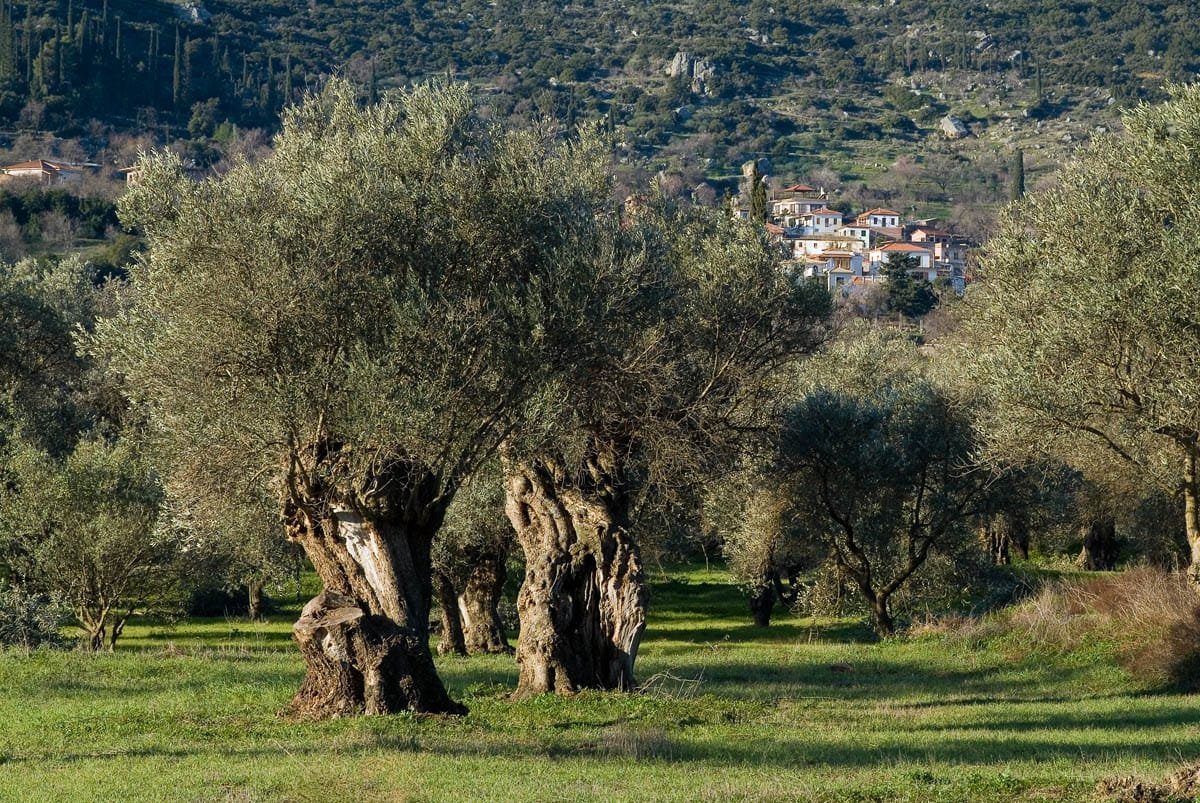
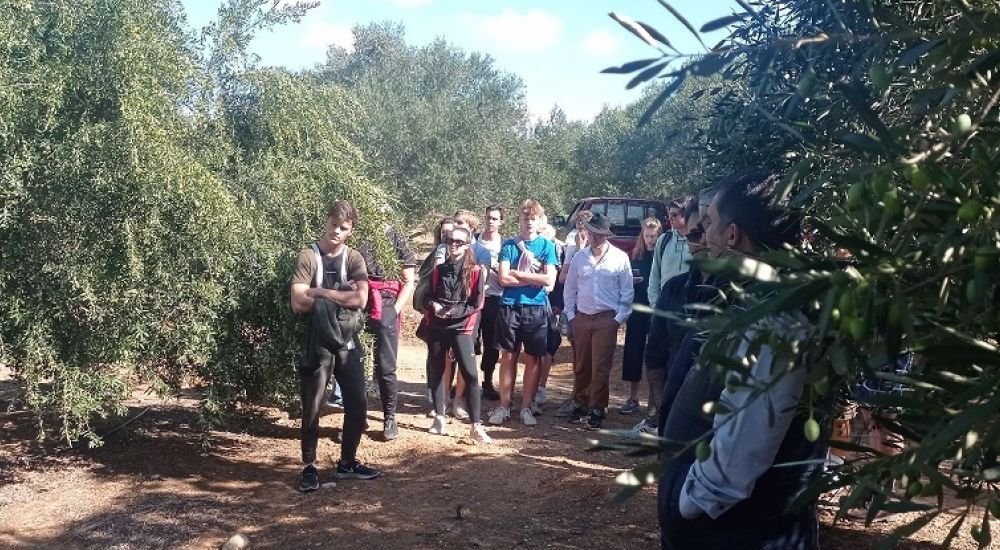



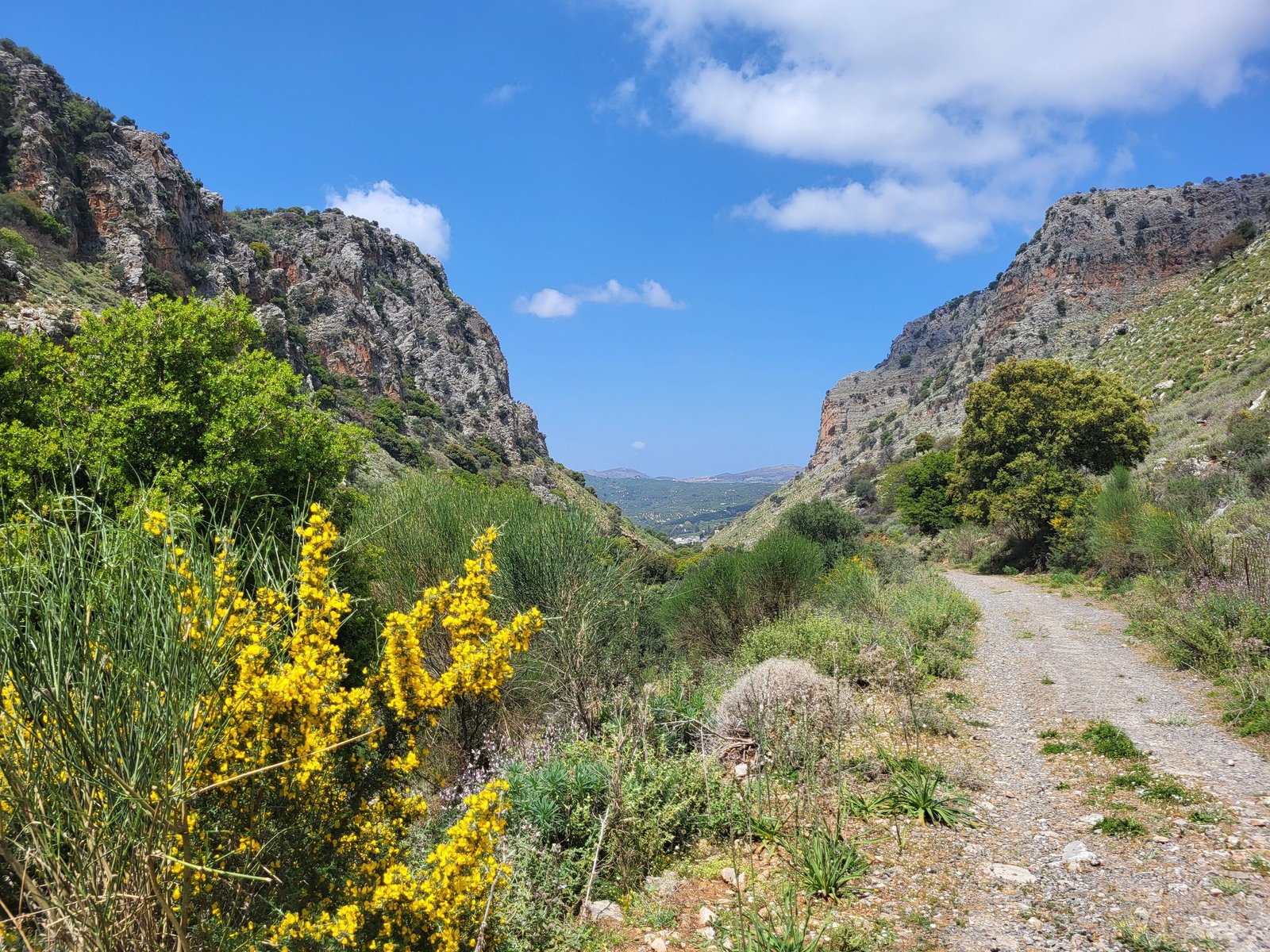
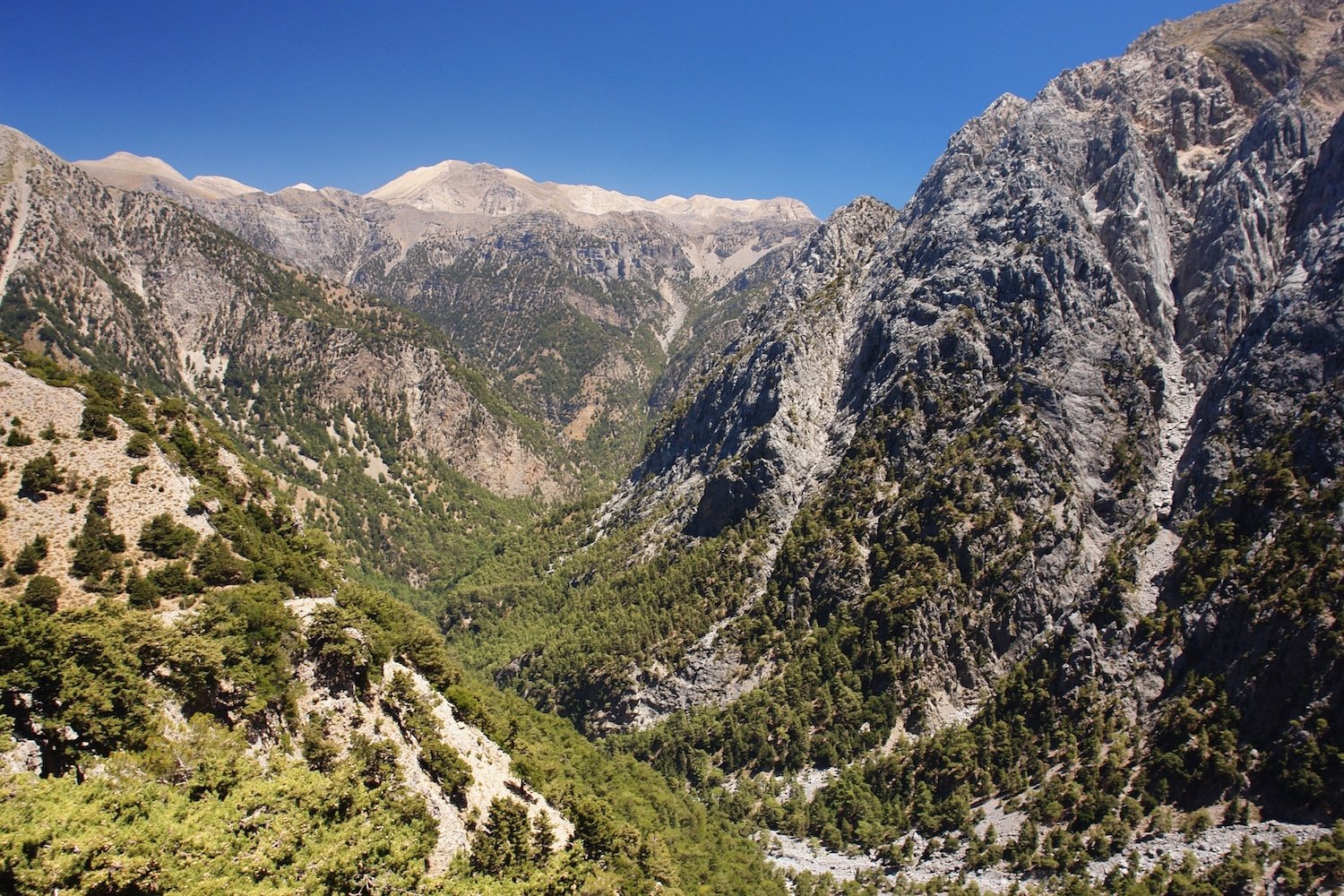
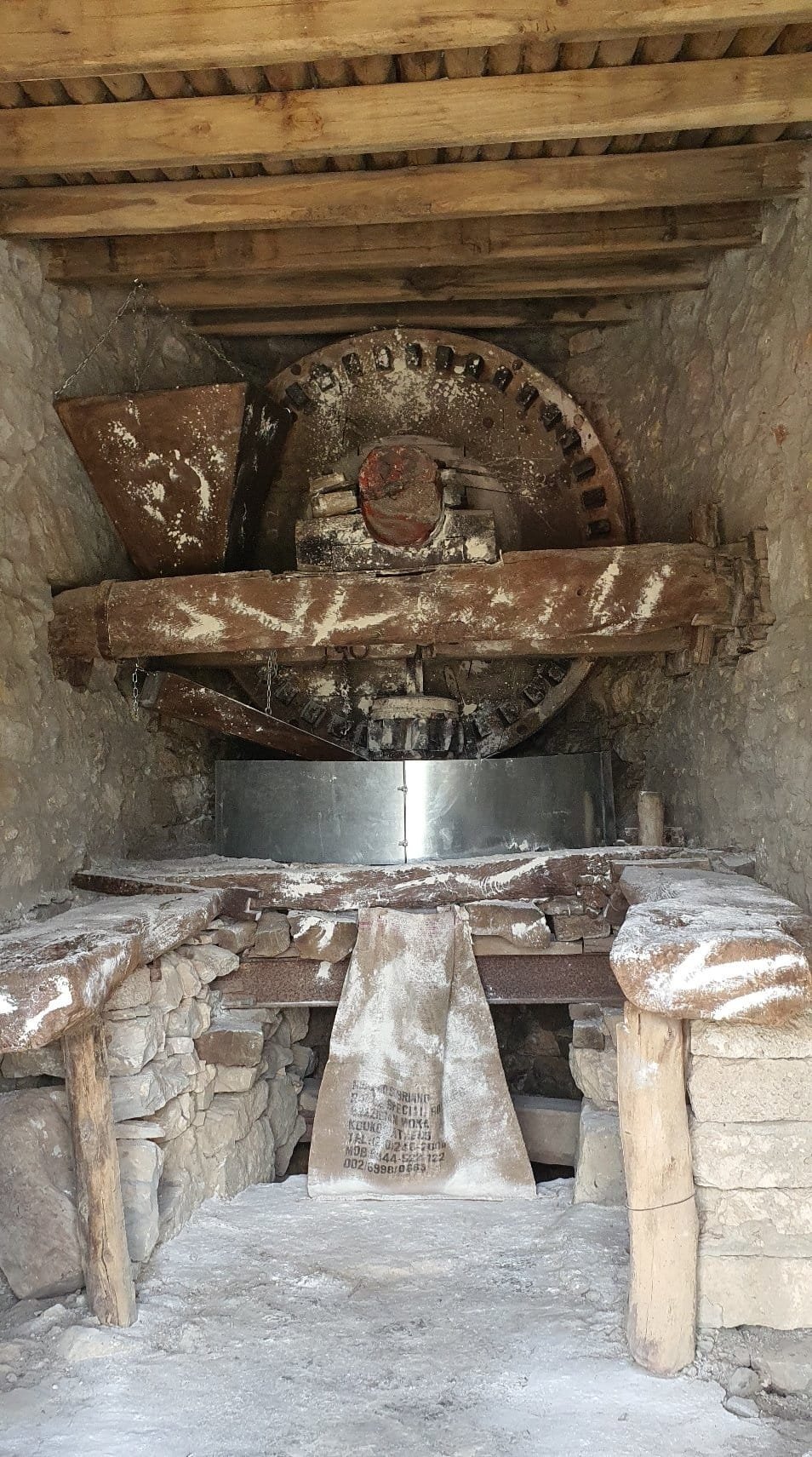
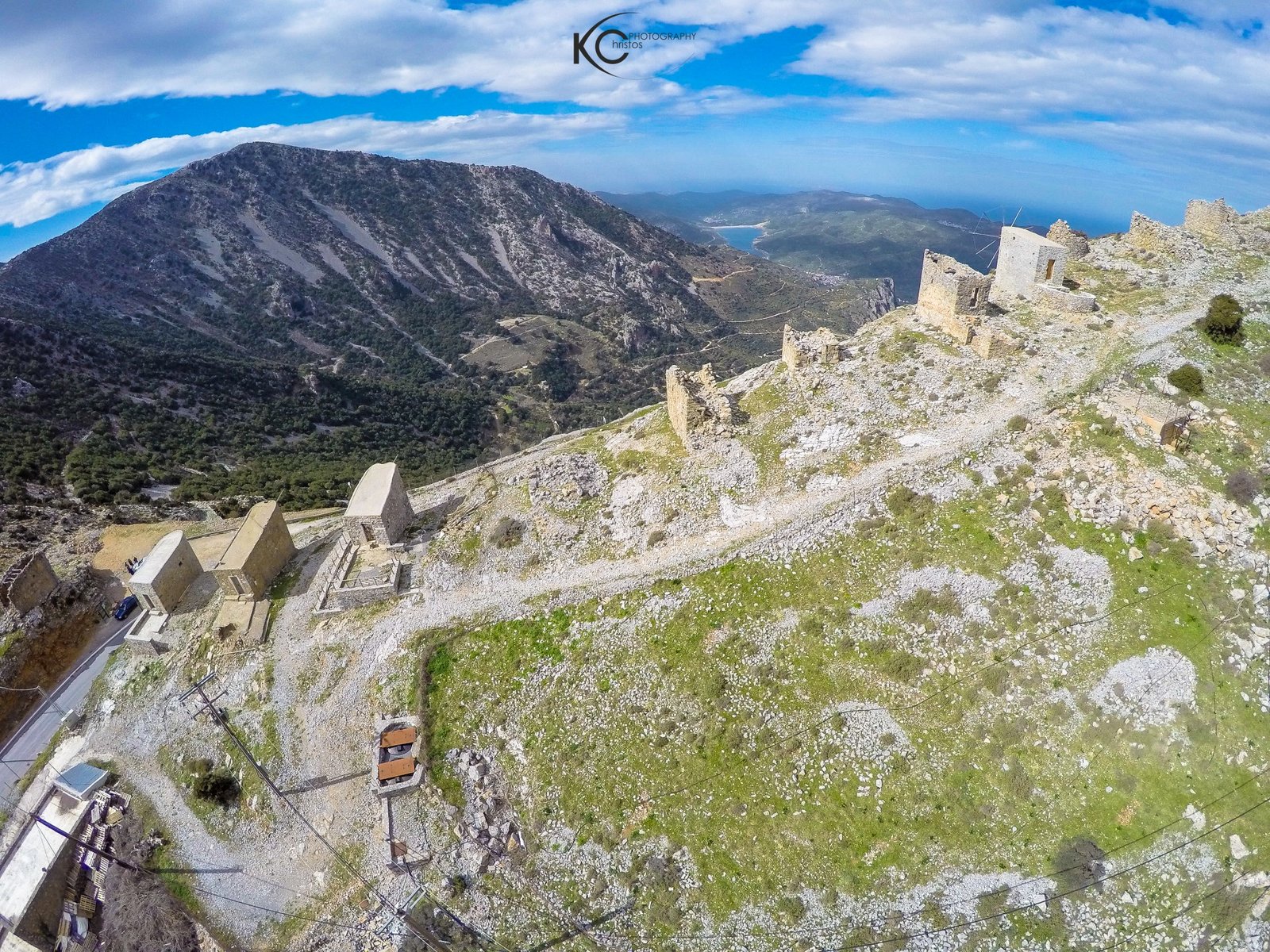
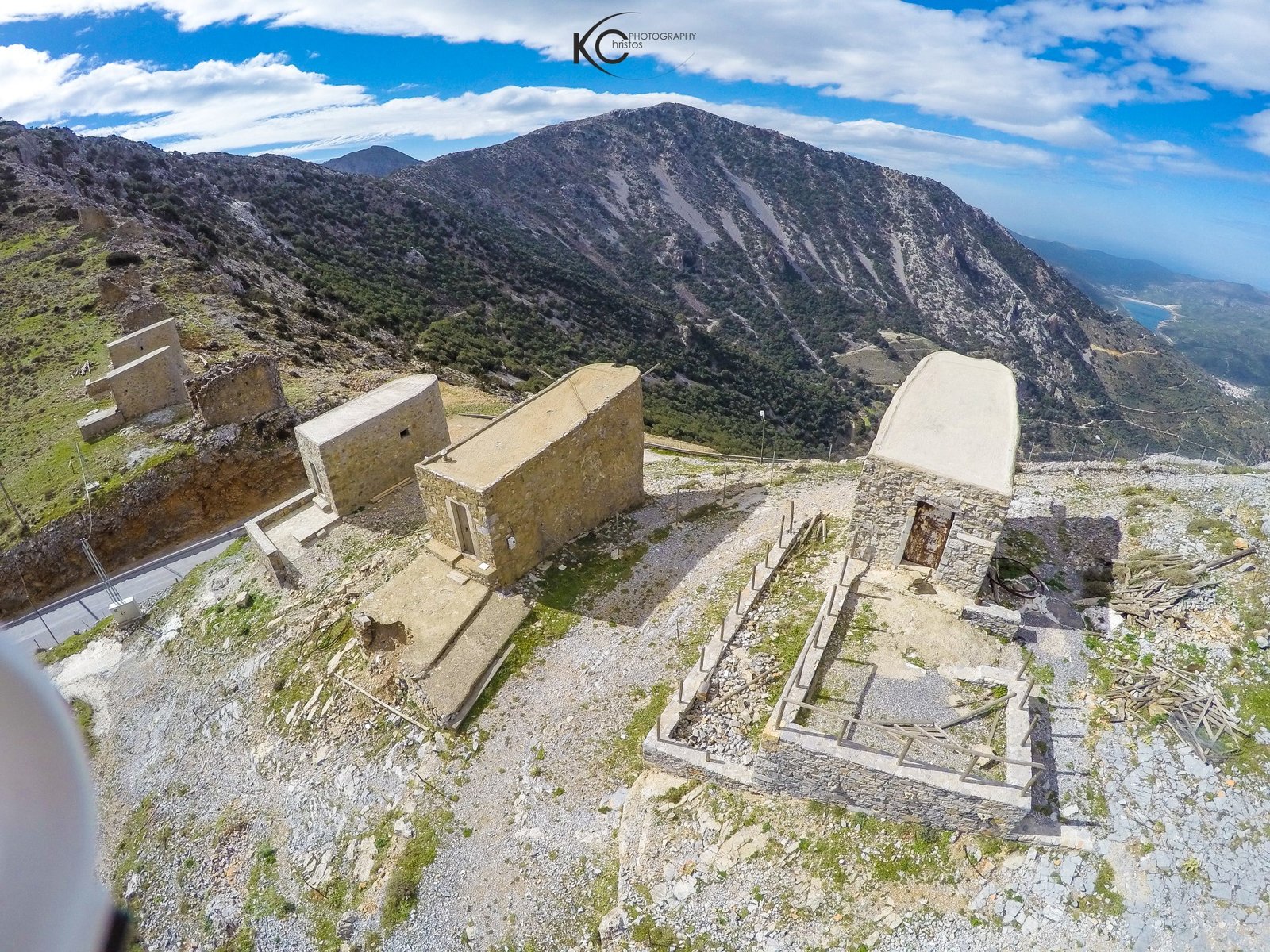
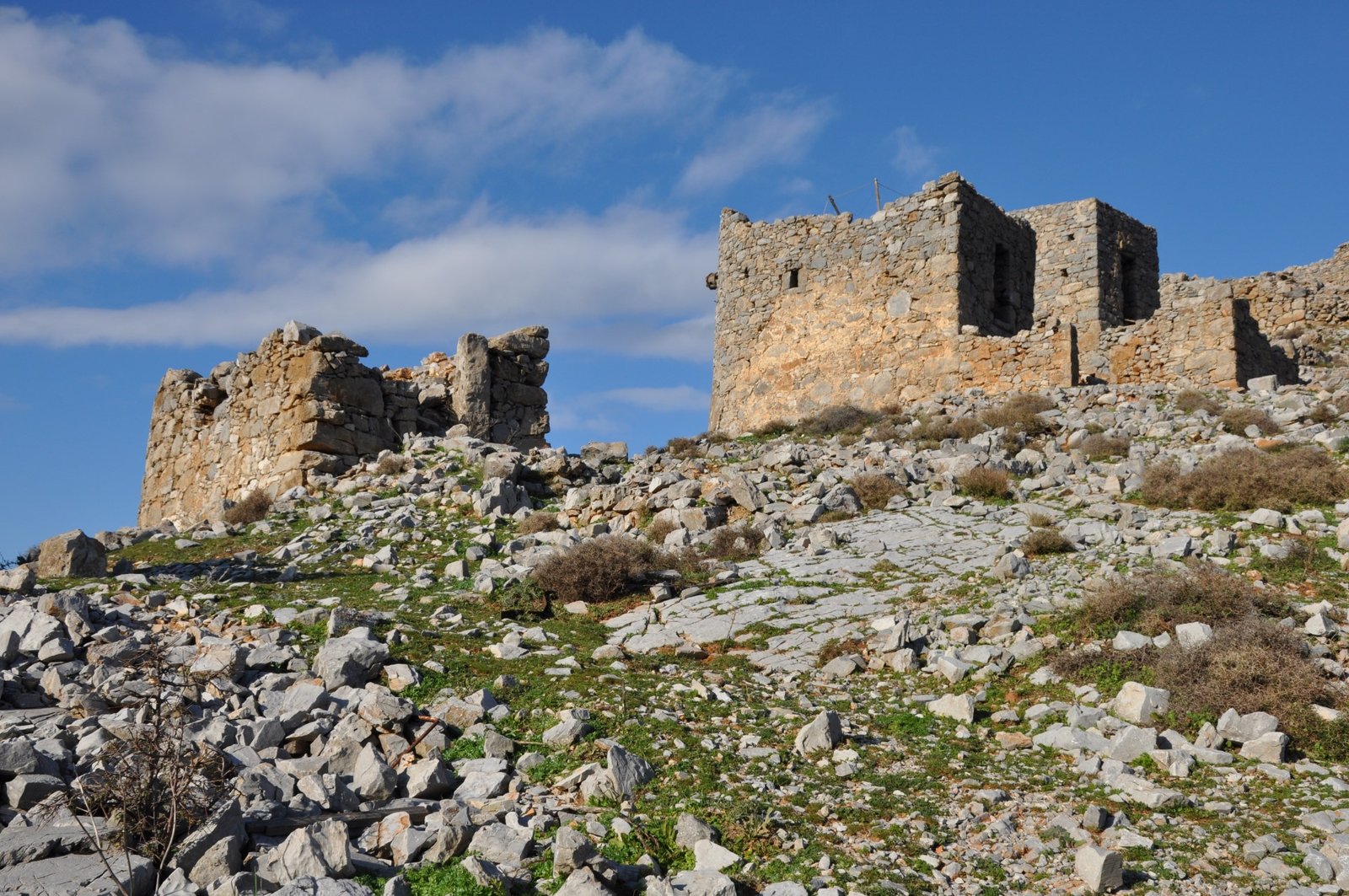
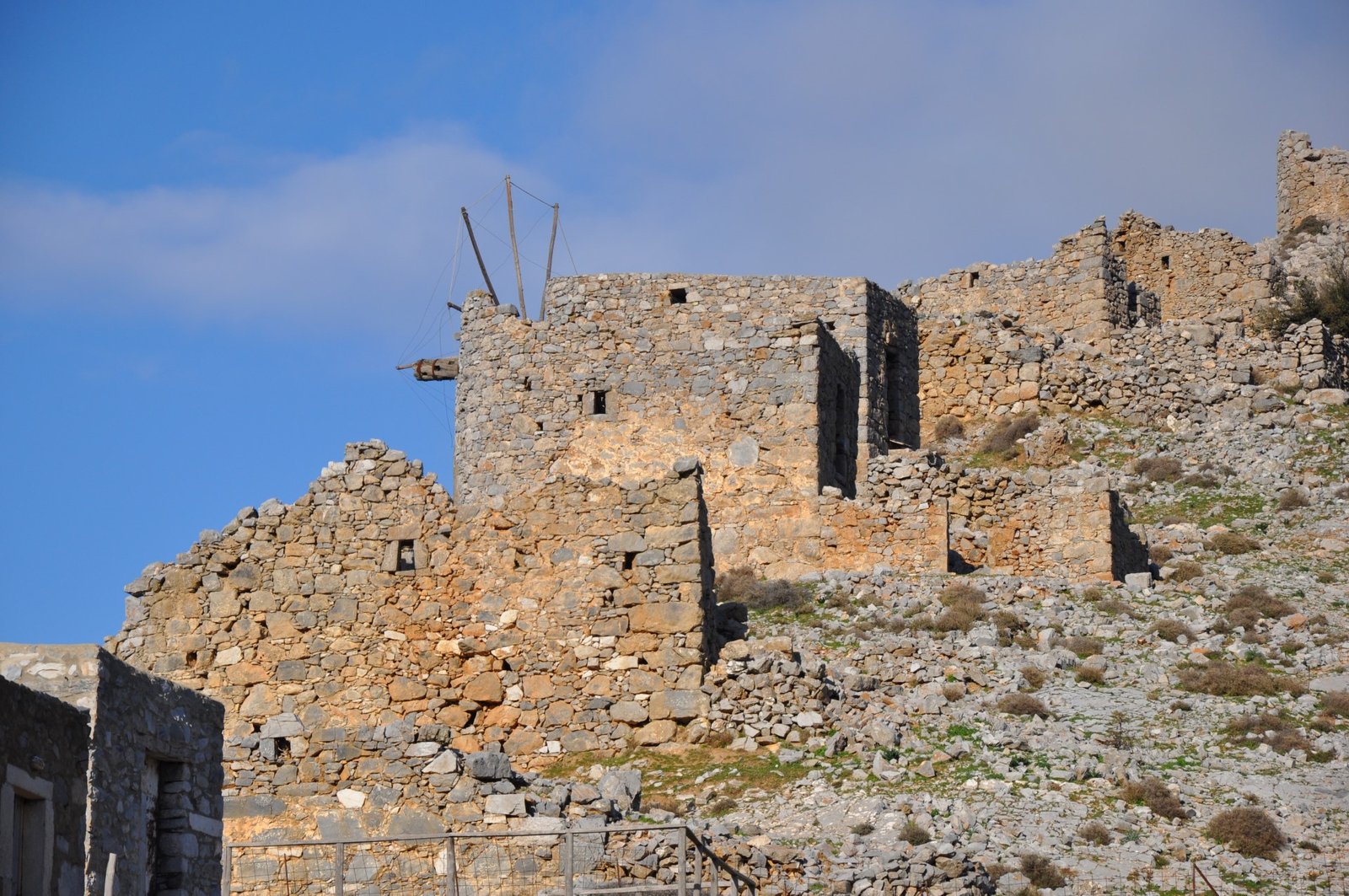
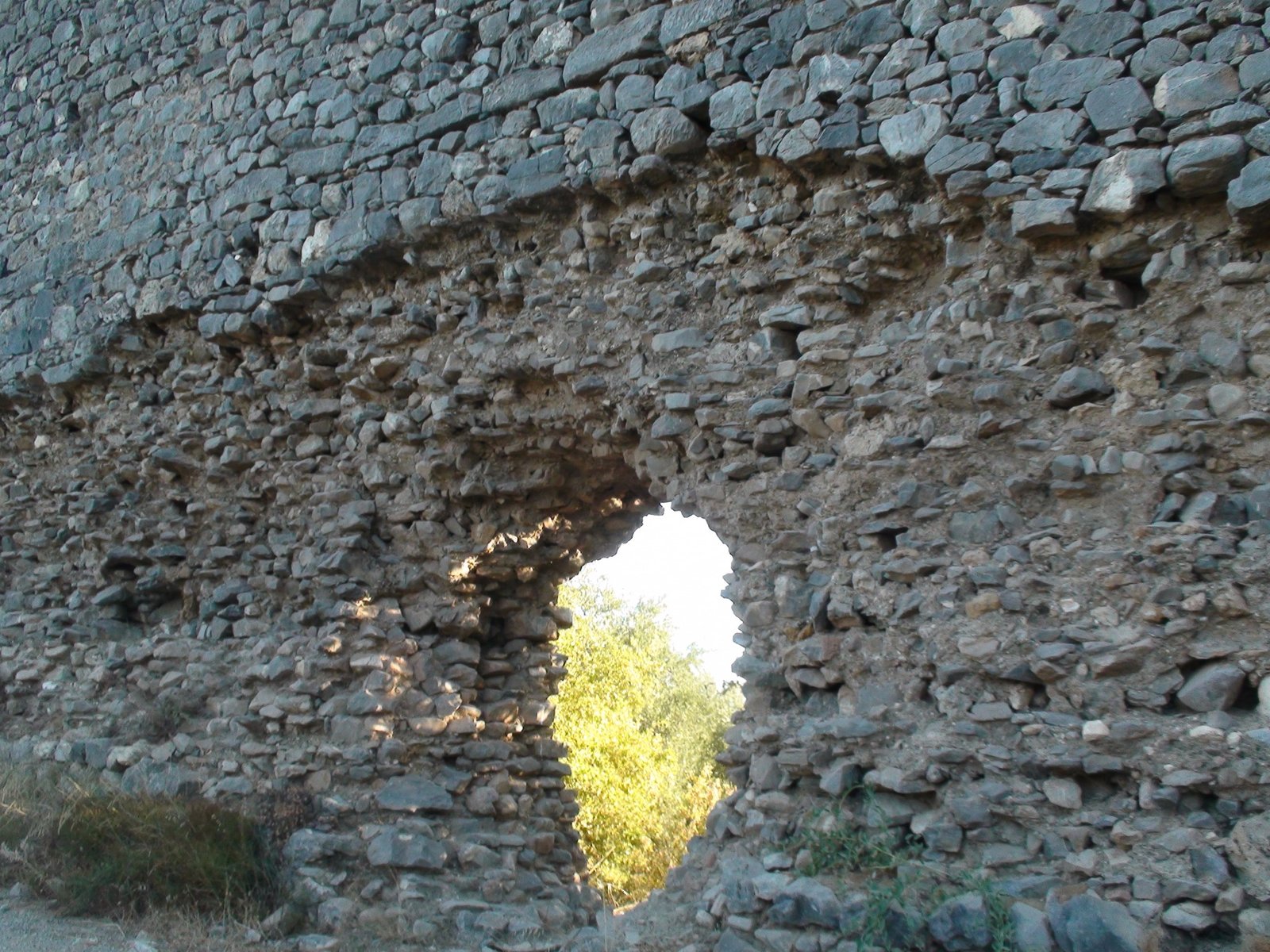
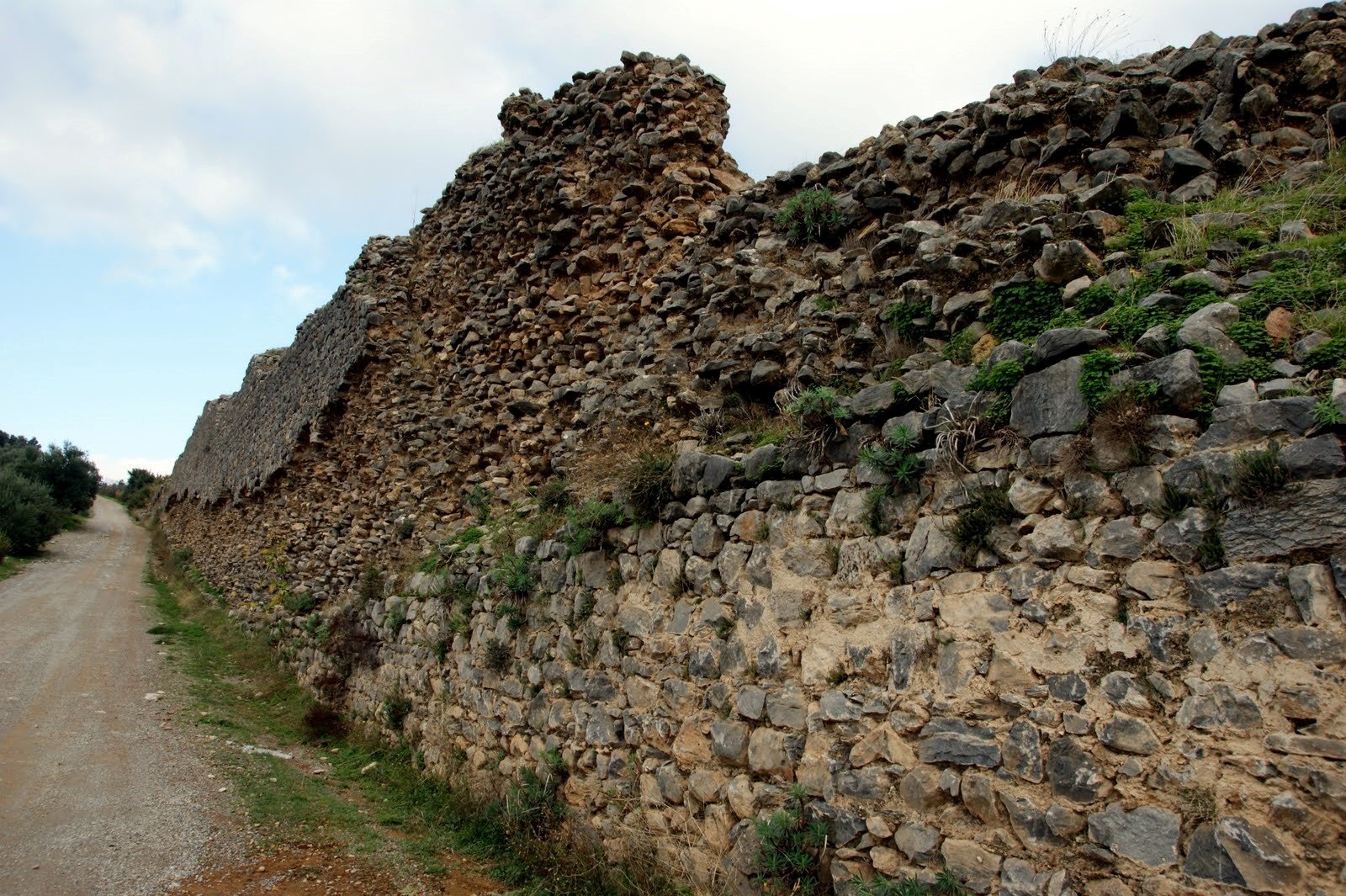









Write a Review